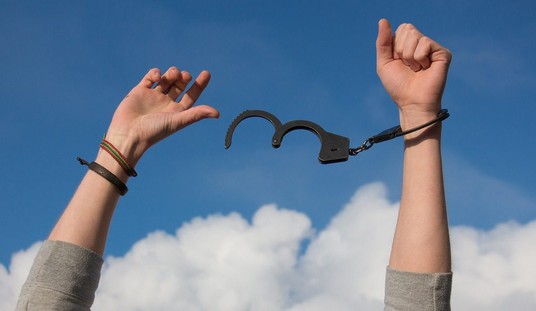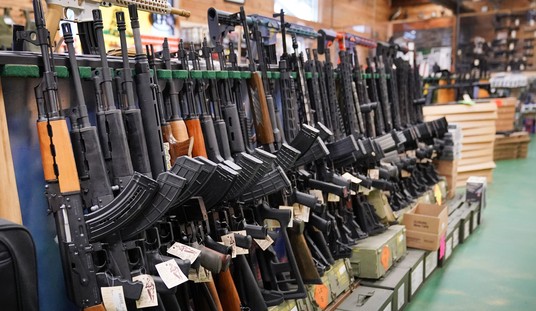One of these days I’m going to slow down long enough to log all of my firearms training hours. Offhand, I know it’s now north of 400+ hours in professional courses with some of the best firearms instructors in the world, including Green Berets, SEALs, top competitive shooters, and highly-experienced SWAT veterans. I’ve learned to fight with handguns, shotguns, and rifles, and have learned some tactical medicine along the way, because it isn’t always bad guys who get shot in the real world.

I’ve cleared shoot houses both in the daytime and in low-light conditions with white lights and night vision gear, have interdicted targets from a helicopter, and shot terrorist robots in a prison cell block raid. I have won force-on-force training scenarios, and have lost them miserably. I’ve been humbled in shooting competitions, and even won one. I’ve broken guns and optics and holsters. I’ve been bled and burned and scarred. Next week, I’ll be in training again, hoping to earn my certification as an instructor in vehicle close quarter combat (VCQB).

But most of all, I’ve tried to listen, both on the range and in conversations public and private, with men and women far better trained and far more experienced with the use and effects of the tool of violence than I will ever be.
You know what I’ve learned about gun-fighting in all that time?
The only way to always win a gunfight is to avoid getting into one.
Yeah, yeah, I know. It sounds like a complete copout, doesn’t it?
The thing is, the more I train and analyze real gunfights and scenario-based training, the more this rings true, and grizzled veterans with bodies under their belts are the ones who are the most adamant about this reality. They’ve seen entire fire teams of the best operators in the world cut down with a single ragged burst from a PKM in a perfect ambush. They’ve seen untrained children and the infirm elderly put prison-hardened criminals in body bags. They know that while the highly-skilled and well-equipped have a distinct advantage in real-world gunfights—one shooting school I know has had 63 students involved in documented gunfights, where every single student who was armed defeated the criminals who attacked them—there is always an element of fate involved. Bad guys get off lucky shots. Good guys have bad days. Unexpected things happen.
What I’m coming to understand after all I’ve done and watched and listened to is that you are going to have your best shot at “winning” a confrontation by learning how criminals select victims, and ensuring that the behaviors you exhibit deselect you from their target of possible targets.
My friend and trainer Steve Tarani calls this “prefense.” Dr. William Aprill calls it confronting the unthinkable. Firearms instructors at every level will often speak of “situational awareness” with varying levels of detail and competence to the point the phrase is clichéd.
Whether or not you or a loved one carries a firearm, I strongly advise that you find a highly-experienced self-defense instructor to help you and your family build a solid defensive mindset and way of viewing the world and your surroundings to identify potentially threatening situations and people and move away from them, before the threat becomes immediate.
This is not a natural skill for most people, but it is something that can be developed, and once it is ingrained and internalized, becomes natural in your daily life.
Would I still recommend getting quality defensive firearms training and carrying a firearm to protect yourself and those you want to defend? Absolutely. After all, there are many variables in life and you cannot control all of them.
Combining a defensive mindset with the right tools, however, can equip you to avoid the vast majority of potential threats, and then stand a much better chance of surviving those confrontations you can’t avoid.








Join the conversation as a VIP Member